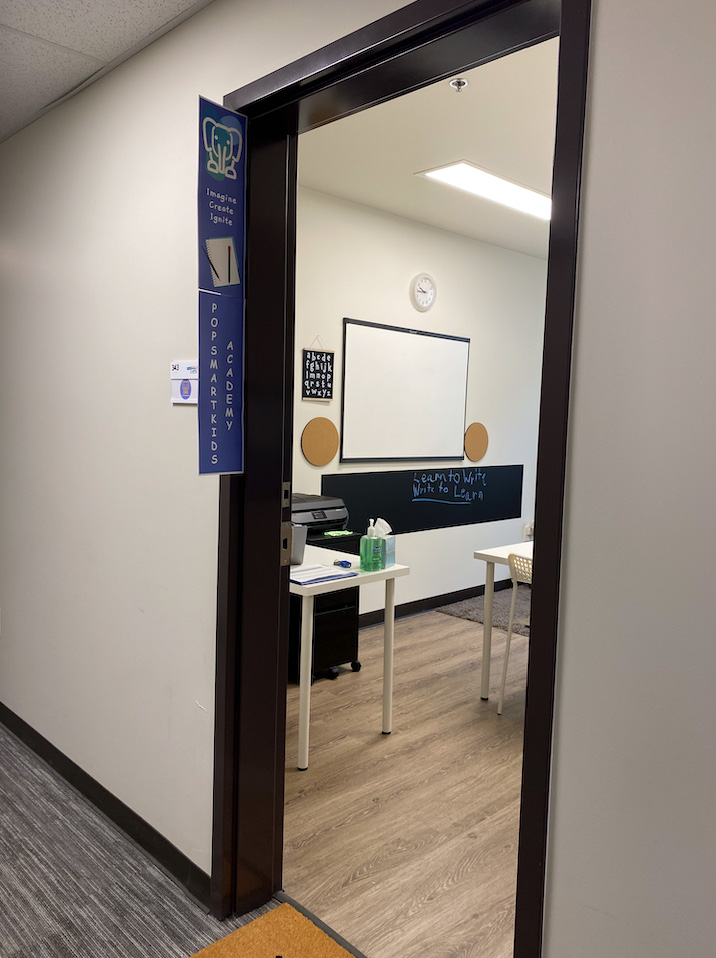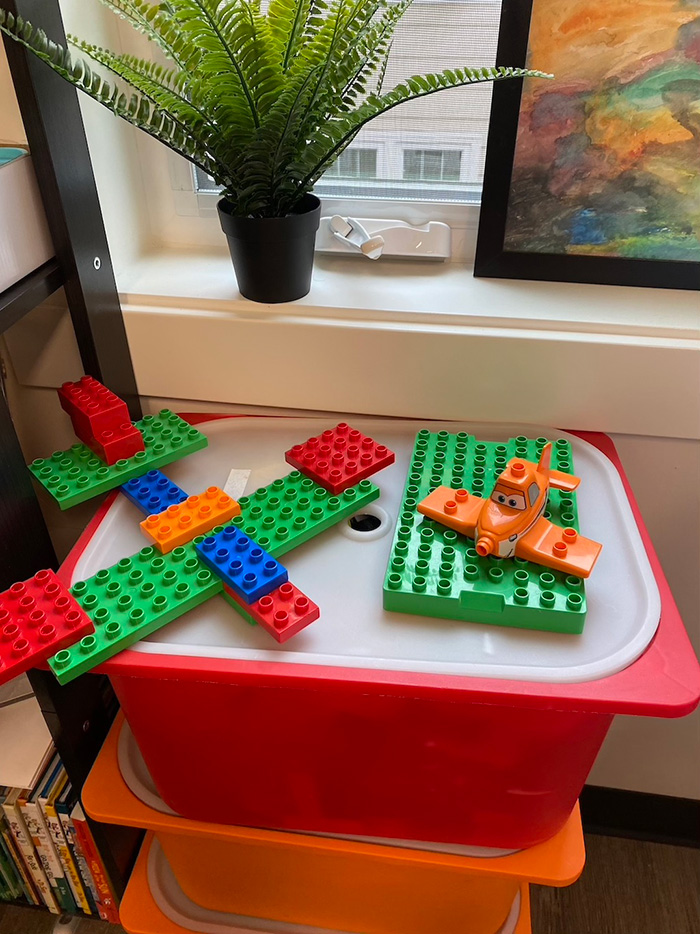Secure your Kid's Spot in our Writing Classes! Register here!

What we're talking about!
Check back often for updates!

Every child is full of ideas, imagination, and boundless creativity. When it comes to nurturing these young learners, the environment matters. For a learning academy dedicated to encouraging young writers, it is essential for me to create a space that inspires, challenges, and motivates young minds. It should be more than just a space with desks and chairs; it should be a haven that stirs their imagination and inspires creativity. So when we built our first physical learning space we designed it with strategic design, engaging visuals, and a sensory-rich experience.
Here’s a quick virtual tour of our learning space.
View this post on Instagram
View this post on Instagram
Embracing a mindset change is fundamental to creating a transformative learning environment. Traditional educational models often prioritize rote memorization and rigid structures, but as we transition to more holistic, student-centric approaches, it's imperative to shift our perspectives. Adopting a mindset that values curiosity over correctness, exploration over perfection, and the journey as much as the destination can lead to environments where students feel empowered to take risks, ask questions, and drive their own learning. This renewed focus on fostering intrinsic motivation, adaptability, and lifelong learning not only nurtures academic excellence but also cultivates resilient, innovative thinkers ready to navigate an ever-evolving world. By changing our mindset, we lay the foundation for learning spaces where every student's potential can truly flourish.
One of the things that I stress in my classroom is to not focus on spelling too much. The idea is not to let the fear of not knowing the spelling of a word stop them from using it in their essay. When students do not know a spelling they can sound it out and spell accordingly. It’s okay if they make a mistake, they can take care of it during the ‘revise and edit’ process. When students ask me the spelling of a word, I encourage them to sound it out with me so they know how to figure it out in the future. This helps them develop critical thinking.
In a truly nurturing learning environment, the permission to make mistakes stands as a fundamental pillar. Mistakes, often viewed negatively in traditional settings, are in reality invaluable stepping stones to learning. When students are granted the freedom to err without the fear of harsh judgment or punitive consequences, they become experimental, courageous, and receptive to new challenges. Such an environment promotes an innovation and growth mindset, where errors are not endpoints but rather opportunities for reflection, adjustment, and progress. By understanding and embracing the inherent value of mistakes, we can foster resilience and tenacity in students, preparing them not just for academic success, but for a lifetime of continuous learning and adaptability in an ever-changing world.
When students arrive in my classroom for the first time, I introduce the space to them as a safe space where they have the permission to make mistakes. I even encourage them to make mistakes and one of the ways I do it is by owning my own mistakes. This is a principle I remind them throughout and practice everyday by celebrating when they have used a big word even though they got it wrong. When they use a difficult sentence construct but do not get it right, they usually hear, “I am so impressed with your use of descriptive words and a vivid imagination.”
For younger learners, the world is a tapestry of sensations, and a creative learning environment should stimulate their senses in a balanced manner. Integrating colorful visuals, tactile materials, and interactive boards can make the learning process more immersive. Incorporating plants or nature elements can introduce a calming, sensory-rich component. While visual elements catch their attention, textures and materials that they can touch and manipulate further solidify learning experiences. However, it's essential to ensure that these sensory stimulations are not overwhelming and are harmoniously integrated into the space.
In the classroom, I love providing different options to spark children’s writing inspiration. The walls in the classroom display artwork (sometimes done by students) to spark their imagination. There are charts with various transition words and phrases, narrative frameworks, and examples of different story-starting methods. These aids prompt students to brainstorm unique story concepts. There are a few quotes by well known writers and storytellers that emphasize on the idea of pouring their heart out on paper and not worrying about it being perfect as refinements can be made during the revision process.

In the realm of education, combining fun with accessibility stands as a cornerstone for effective learning, especially for younger audiences. A playful and engaging environment fosters enthusiasm, making learning feel less like a chore and more like an adventure. However, it's crucial that this fun is accessible to all. Every student, regardless of their physical, cognitive, or sensory abilities, should be able to partake in and benefit from these engaging experiences. By ensuring that fun learning tools, interactive zones, and activities are universally accessible, we not only promote inclusivity but also create a space where every child feels valued and empowered to explore, learn, and grow. Integrating fun with accessibility means that no child is left on the sidelines, and every student gets a ticket to the exhilarating journey of discovery.
Students in my classroom can engage in board games like chess and Headbandz or a game of wordle to have some fun during the learning process. These activities sometimes provide a much-needed creative break and can also stimulate the creative process if students feel stuck during the writing process. Students have designated areas where they can work with perler beads or legos to give themselves a break. There are several sets of story cubes available for students to interact with, ensuring that the learning experience remains enjoyable and engaging.
As we've explored, blending joy with accessibility, embracing the value of mistakes, and offering a diverse set of tools and inspirations can be instrumental in fostering a love for learning. These components, from story cubes to cherished quotes from eminent writers, not only enhance the learning experience but also instill a lifelong passion for discovery and expression in students. As educators and guardians of the next generation's potential, it's our duty to cultivate environments where every child feels empowered, engaged, and endlessly curious. By weaving creativity, inclusivity, and fun into the fabric of education, we set the stage for a future teeming with innovative thinkers and passionate learners.
—-----------------------------------------—-----------------------------------------—------------------
Finding new ways to inspire kids to write and communicate effectively is one of my life’s work which is why I include many fun activities in our writing classes to inspire the next generation of thinkers. Want to learn more about our story writing classes? Check us out here.
Help your kids fall in love with reading!
Need a list of amazing books to get your kids inspired about writing their own stories?
Grab your free copy by completing the form.
We'll email you the ebook!